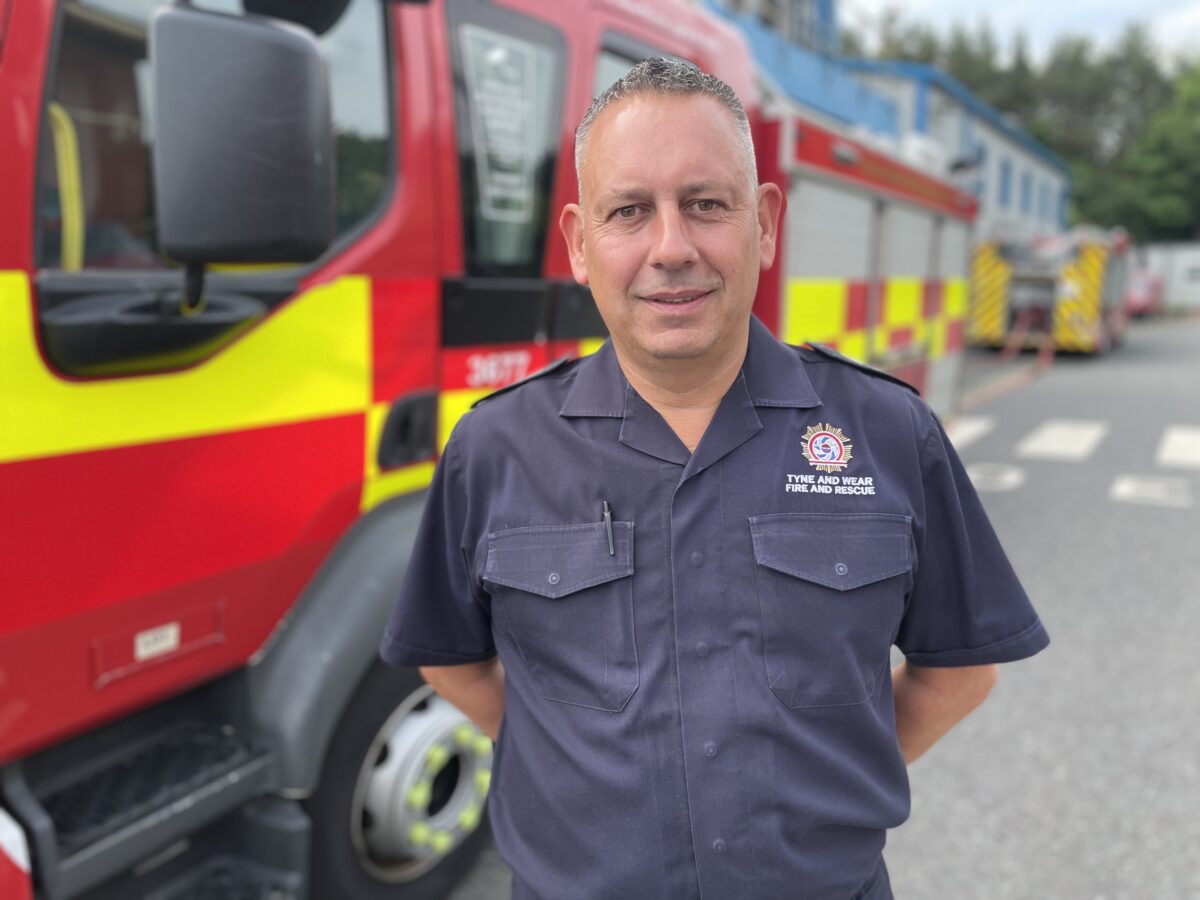A firefighter has revealed how pensioners were saved from drowning to death in the worst floods the North East has ever seen – 10 years on from Thunder Thursday.
On the anniversary of the infamous day, Station Manager Mark Barton has reflected on one of the busiest days Tyne and Wear Fire and Rescue Service’s history.
The savage storm saw over two months of rain fall in just two hours and rivers burst their banks across the North East.
Firefighters were deployed to rescue people across the region with 1,500 calls made to the Service in just nine hours.
People were pulled from cars that had been left floating in flooded roads while residents were rescued from their homes after being trapped by rushing water.
SM Barton says that it was one of the busiest weeks of his career during which he and his colleagues rescued dozens of people.
He was working as a Crew Manager at Tynemouth Coummunity Fire Station during the storm and was going onto nightshift when the rain began coming down.
SM Barton, who is now an Operational Standards Manager, said “I remember the sky went almost a greeny blue colour and then all of a sudden the rain came down, it was very dramatic very quickly.
“For roughly 12 hours, we were going from home to home making sure people could get out of the water and be warm and safe either upstairs in their house or with neighbours around them.
“We were on Brantwood Avenue in Monkseaton which backs onto the metro line, and I remember going into an elderly gentleman’s house who had water basically up to his neck and water being kept at bay by his patio doors.
“If we hadn’t have got there at that time who knows what would have happened.”
Thankfully nobody was killed in the storms but many people lost their homes and the recovery of the region cost millions of pounds.
SM Barton says that the Service are still one of the primary responders to flooding and have invested in equipment to ensure the public remain safe.
He said: “We have a high volume pump that can move up to 7,000 litres of water per minute which we do regularly use in flooding situations.
“This means we can get our region back to normal with the help of partners much sooner than other places in the country that don’t have this kit.
“We train every day to be able in simulations of this type of flooding and we hope that it reassures our communities that we will always be there if something like this was to happen again.”
If you are interested in becoming a firefighter, and emulating people like SM Barton, then why not consider a career with the Service.



